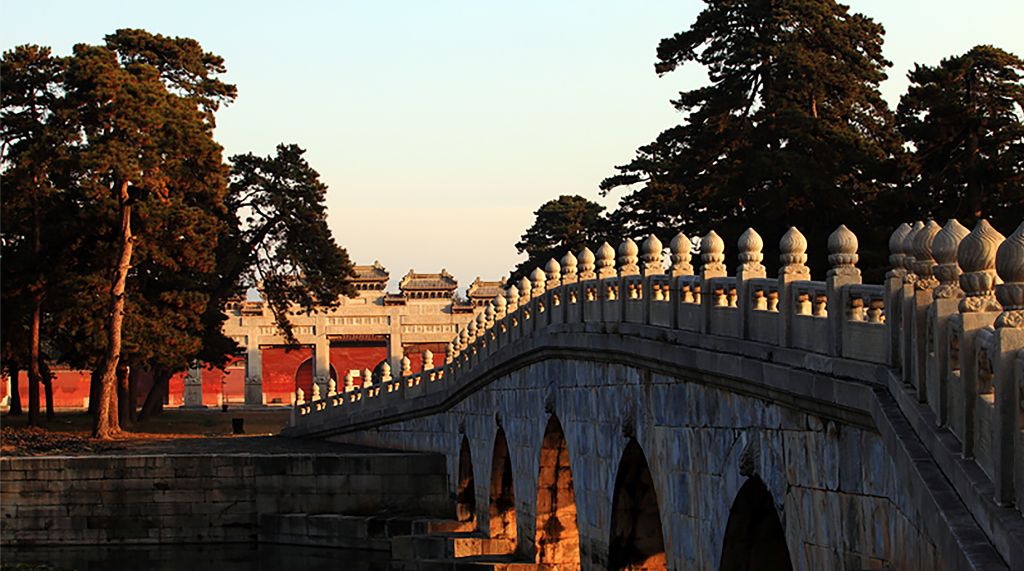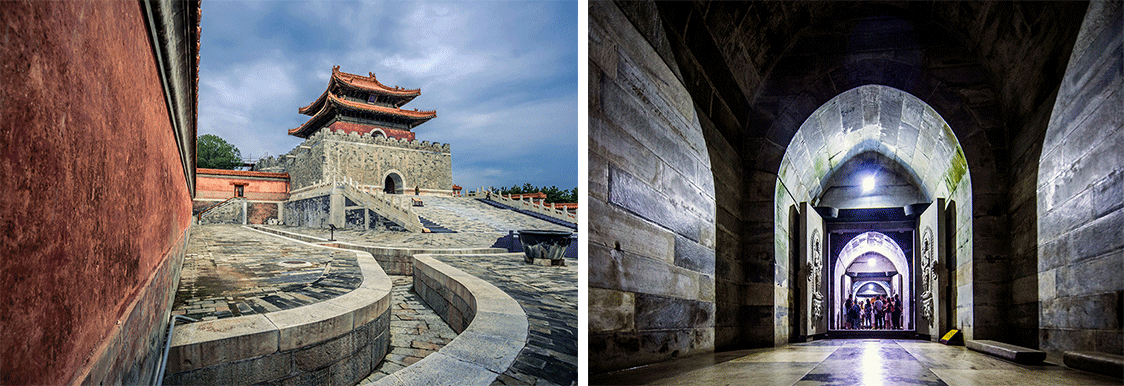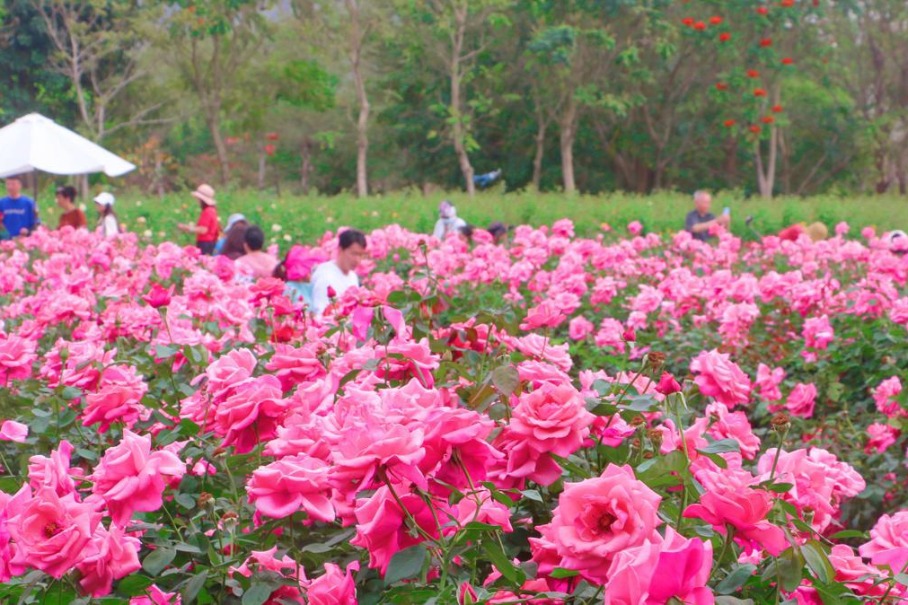Western Qing Tombs, Hebei province

Western Qing Tombs, Hebei province
(清西陵景区qīnɡ xī línɡ jǐnɡ qū)
Location: Yixian county, Baoding city, Hebei province
Website: ly.qingxiling.com
Scenic Spot Level: AAAAA
Opening Hours:
April 1-Oct 31: 8:00-17:30
Nov 1--March 31: 8:30-17:00
Ticket Price:
April 1- Oct 31: 108 yuan($15.45)/person (valid for two days)
Nov 1- March 31: 80 yuan/person (valid for two days)
Notes:
1. Visitors can buy a ticket for admittance to one of the spots after 14:00.
2. Children under 120 centimeters in height, soldiers on active duty, retired veterans, handicapped people, people over 70 years old and voluntary unpaid blood donors: free of charge with a valid certificate.
3. Students and people aged between 60 and 69: half price with a valid certificate.

The Western Qing Tombs are located at the foot of Yongning Mountain in Yixian county, Hebei province, 98 kilometers southwest of Beijing. It is the last imperial tomb complex of the Qing Dynasty (1644-1911). Completed in 1915, it was under construction for 185 years and consists of 14 tombs where four emperors, nine empresses, 57 imperial concubines and other 10 members of the imperial family are entombed.
The Western Qing Tombs cover an 83-square-kilometer area of land, encompassing the 14 imperial tombs and ground structures including the imperial auxiliary palace, the temple for imperial ancestral worship (the Yongfu Temple), barracks, and government offices.
It is the largest and best preserved ancient imperial tomb complex with the most complete set of architectural styles. The site was opened to the public in 1979, and included on UNESCO's World Cultural Heritage List in 2000.
Constructed under the guidance of the Fengshui theory in ancient China, its location enjoys a broad landscape embraced by mountains and the Yishui River. These brilliant ancient buildings are shrouded in a grove of aged pines and cypresses, presenting a splendid and elegant view.
Buildings at the tombs have a great historical and artistic value. For example, the Tailing Tomb of Emperor Yongzheng (r. 1723-35) has a group of three massive stone gateways (paifang) - symbols of dignity and supremacy - standing in a special layout.
Each of the gateways is beautifully carved. The entire site is unique; the Longen Hall of the tomb of Emperor Jiaqing (r. 1796-1820), known as Changling, is unique due to its stone brick floor bearing bright natural striation and veining; the Chongling Tomb of the Emperor Guangxu (r. 1875-1908) was built with very durable timbers and is renowned as having "bronze beams and iron pillars"; the Changxi Tomb of the Empress of Xiaohe Rui boasts the only echo wall and echo stone in the ancient Chinese tombs; the Yongfu Temple and the imperial auxiliary palace are the only extant auxiliary structures of the Qing Dynasty imperial tombs.
The Western Qing Tombs enjoys an ideal natural environment that features the largest artificial pine forest in China and the North Yishui River with its 17 tributaries. Thus, the area is known as a natural "oxygen cafe" for deep breathing, and has a high value for recreation and healthcare.

Last Updated: Feb 17, 2020




